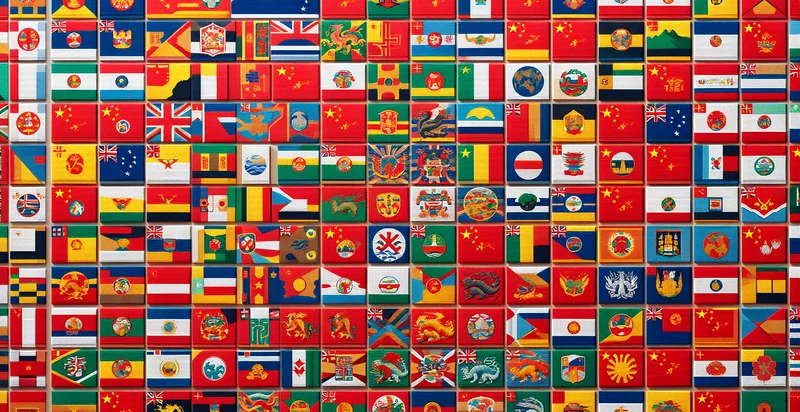Identify chinese province flags
using AI
Below is a free classifier to identify chinese province flags. Just upload your image, and our AI will predict what Chinese province flag it is - in just seconds.

Contact us for API access
Or, use Nyckel to build highly-accurate custom classifiers in just minutes. No PhD required.
Get started
import nyckel
credentials = nyckel.Credentials("YOUR_CLIENT_ID", "YOUR_CLIENT_SECRET")
nyckel.invoke("chinese-province-flags-identifier", "your_image_url", credentials)
fetch('https://www.nyckel.com/v1/functions/chinese-province-flags-identifier/invoke', {
method: 'POST',
headers: {
'Authorization': 'Bearer ' + 'YOUR_BEARER_TOKEN',
'Content-Type': 'application/json',
},
body: JSON.stringify(
{"data": "your_image_url"}
)
})
.then(response => response.json())
.then(data => console.log(data));
curl -X POST \
-H "Content-Type: application/json" \
-H "Authorization: Bearer YOUR_BEARER_TOKEN" \
-d '{"data": "your_image_url"}' \
https://www.nyckel.com/v1/functions/chinese-province-flags-identifier/invoke
How this classifier works
To start, upload your image. Our AI tool will then predict what Chinese province flag it is.
This pretrained image model uses a Nyckel-created dataset and has 25 labels, including Beijing, Chongqing, Fujian, Gansu, Guangdong, Guangxi, Hainan, Hebei, Heilongjiang and Henan.
We'll also show a confidence score (the higher the number, the more confident the AI model is around what Chinese province flag it is).
Whether you're just curious or building chinese province flags detection into your application, we hope our classifier proves helpful.
Related Classifiers
Need to identify chinese province flags at scale?
Get API or Zapier access to this classifier for free. It's perfect for:
- Cultural Events Promotion: The false image classification function can be used by event organizers to verify and showcase artworks that feature Chinese province flags during cultural festivals. This can help in creating accurate promotional materials and enhancing the authenticity of the events, attracting a wider audience interested in Chinese heritage.
- Educational Tools for Geography: Schools and educational platforms can implement this function in teaching materials to help students learn about Chinese provinces and their respective flags. By generating quizzes and interactive exercises based on correct or false representations, it can boost students' engagement and understanding of Chinese geography.
- Social Media Content Moderation: Social media platforms can use this classification tool to prevent the spread of misleading images that incorrectly represent Chinese province flags. This will ensure that users have access to accurate information, thereby reducing the likelihood of cultural misrepresentation and misinformation.
- Travel and Tourism Marketing: Travel agencies can employ this function to curate accurate promotional content featuring Chinese province flags in their marketing materials. By ensuring the content is credible, they can enhance their reputation and appeal to travelers looking to explore the rich diversity of China's provinces.
- Branding for Chinese Products: Businesses producing regional goods can utilize this identification feature to correctly associate their products with the relevant province flags. This will enhance brand authenticity and pride, helping consumers make culturally conscious purchasing decisions.
- Game Development: Game developers can integrate this false image classification function within geopolitical strategy games or educational games that involve Chinese provinces. Ensuring accurate representation of flags will deepen the gameplay experience, providing players with a more authentic view of the geopolitical landscape.
- Online Marketplaces: E-commerce platforms can leverage this tool to ensure that listings featuring Chinese province flags are genuinely representative. By automatically flagging incorrect images, they can maintain the integrity of their marketplace and enhance the shopping experience for culturally-conscious consumers.


